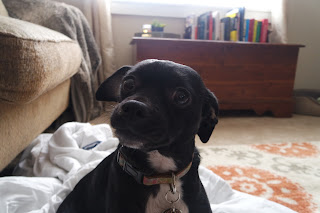6 Passes Made While Editing Your Final Project:
First Pass- Construct the Primary Audio Narrative: The primary audio portion of a program is often constructed by inserting the spoken words or performance-based segments of a story. If you think of the audio as the wheels of the chassis and everything else above, the tracks are evenly structured this way.
Second Pass- Insert B-Roll and Natural Sound: With primary audio in place, you can begin inserting B-Roll and natural sound on the timeline. This fills in the track where only audio exists and to cover a video portion of a talking head which, in addition, hides any jump cuts.
Third Pass- Insert Titles and Graphics: Once video clips are in place, you can insert lower-thirds and graphics. Ensure they are consistent and that they appear long enough for the viewers to read.
Fourth Pass- Add Sound Effects and Music: Usually best to hold of until the basic structure is developed with music video being the exception. These should be mixed with primary audio at an appropriate level so as not to compete with or distract from the main subject or message.
Fifth Pass- Add Transitions and Effects: This is the time to do trimmings and repositioning clips which can be difficult and time consuming.
Sixth Pass- Finishing Touches: Small minute details are adjusted. This is the polishing process before closing out an editing project.












